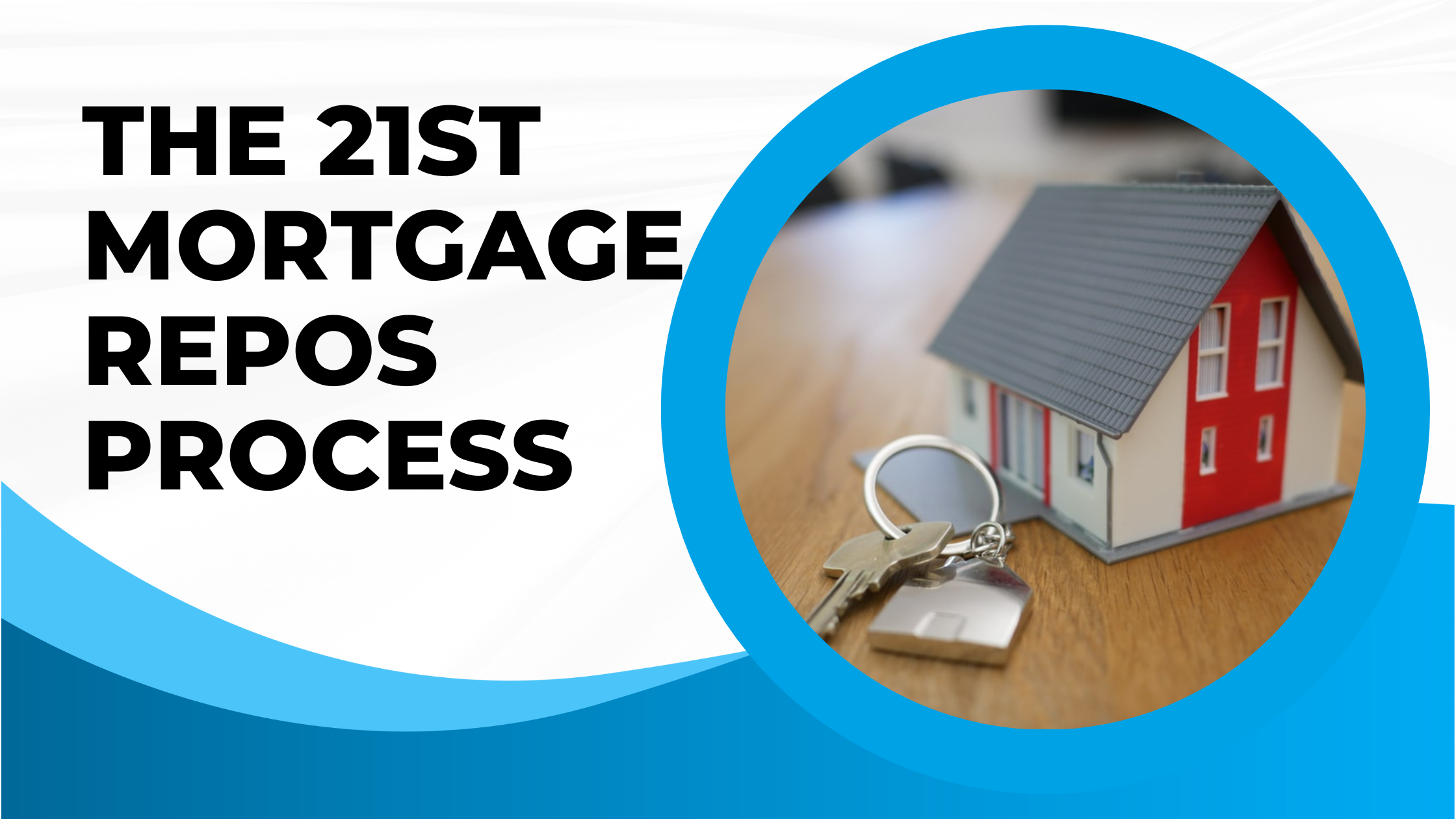The repossession process for 21st Mortgage can be complicated and confusing for homeowners who have the misfortune to go through it.
Table of Contents
ToggleDefaulting on a 21st Mortgage Payment
Defaulting a mortgage payment means you don’t make your full monthly mortgage payment when expected.
The 21st Mortgage foreclosure process will begin immediately after you default on a mortgage payment.
What are the Repossession Timeframes?
The repossession process for 21st Mortgage varies by state and county.
However, in most cases, 21st Mortgage Corporation will issue a written warning before the formal foreclosure process begins.
Notice Of Intent
After receiving the Notice of Intent (NOI) for foreclosure, 21st Mortgage Corporation typically provides homeowners approximately 30 days to reinstate their mortgage and get their affairs in order.
To properly reinstate your mortgage, you must pay the missing mortgage payment or negotiate a loan modification with the bank.
The formal foreclosure process will be initiated if you cannot make your payment. In some states, 21st Home Mortgage has to reissue the NOI letter if the servicer accepts a payment. When this happens, the timeline restarts.
When Full Payment Is Not Made
At some point, 21st Mortgage will decline to accept any payment from you which is less than the total amount outstanding.
This move might force the property owner into the mortgage repos process, whether or not they have the long-term ability to repay the loan.
Unfortunately, some borrowers fail to act upon the NOI out of ignorance or fear. Doing so will always end in disaster.
Borrowers MUST seek professional advice as soon as they receive the NOI.
Categories of 21st Home Loan Foreclosures
The type of foreclosure applicable to you can vary depending on the county or state you reside in.
Regardless of personal circumstance, judicial and non-judicial foreclosures remain the two most common types of foreclosures that 21st Mortgage initiates against defaulters.
1. The Non-Judicial 21st Mortgage Foreclosure Process
Unlike judicial foreclosures, this process takes place outside of the courtroom. This process involves 21st Mortgage filing the repossession documents with either the local or state authorities.
In the first month that your mortgage payment is overdue, 21st Mortgage will call you to determine why you haven’t paid your mortgage. They will then give you an extension of one payment period.
However, if you default for the third time, the appointed local trustee will issue you a Notice of Default (NOD).
At this stage, you will have no option other than to clear your home loan, or else the lender will start taking foreclosure action. That is when 21st Mortgage can step in and help its clients apply for a home loan relief program.
The non-judicial foreclosure process begins once the trustee to the county or state office issues you the NOD.
Notice of Default
The Notice of Default (NOD) is the first official document the lender issues once the foreclosure begins. In California, 21st Mortgage can only issue a NOD after the borrower defaults for 90 days.
NOD information includes the property address, borrowers’ names, trustees, and lenders.
Additional information could include a description of the defaulted period, the date to repay the loan, recourse to halt the mortgage repo process, and a statement that explains that the property might be put up for sale.
Notice of Trustee Sale
A Notice of Trustee (NTS) is issued in most states to notify the public that a property owner has defaulted on a mortgage.
Along with issuing an NTS on the property, the trustee can publish information about your default in any public document or local newspaper.
2. The Judicial 21st Mortgage Foreclosure Process
The judicial repossession process can last for months or even years. Once the borrower defaults on the first payment, 21st Mortgage Corporation will contact them and inquire when payment will be made.
The 21st Mortgage home loan department will continue with its collection practices once the second payment is missed. However, this time, you will be issued the Notice of Intent, which serves as a letter of contract breach.
The lender will allow you to make your home loan payments current within 30 days- failure to which the judicial process on your house’s foreclosure proceedings will formally begin.
21st Mortgage home loan will file a complaint against you with the local court. Once the attorney files the complaint, the court will issue you a court summons.
You will have a specified period to respond to the summons before the judicial process can legally commence.
At this point, you will have to choose between bringing your mortgage current or filing an answer. Failure to perform either will give the lender a default judgment, meaning that your property will most likely be repossessed. This makes it imperative to issue a response.
Power of Sale
Power of Sale refers to when the lender asks the court to grant the repossession of the property. The judge will allow you to file a response, after which a foreclosure sale date on your property is set. If the loan servicer wins the case, the court will set a date and time to sell it to the highest bidder.
Lis Pendens
Lis Pendens is a notice that the court issues to anyone interested in the property under the pending litigation.
The court clerk has to certify that the Lis Pendens is filed before the county recorder records it. It is written to inform the borrower that a claim has been entered for their house. It also informs anyone interested in the property pending litigation that they are a potential complainant against the house.
Equitable Subrogation
Equitable subrogation is a legal process whereby a third party makes the payments before the current owners. This third party is then responsible for collecting payments and damages from the original owners.

